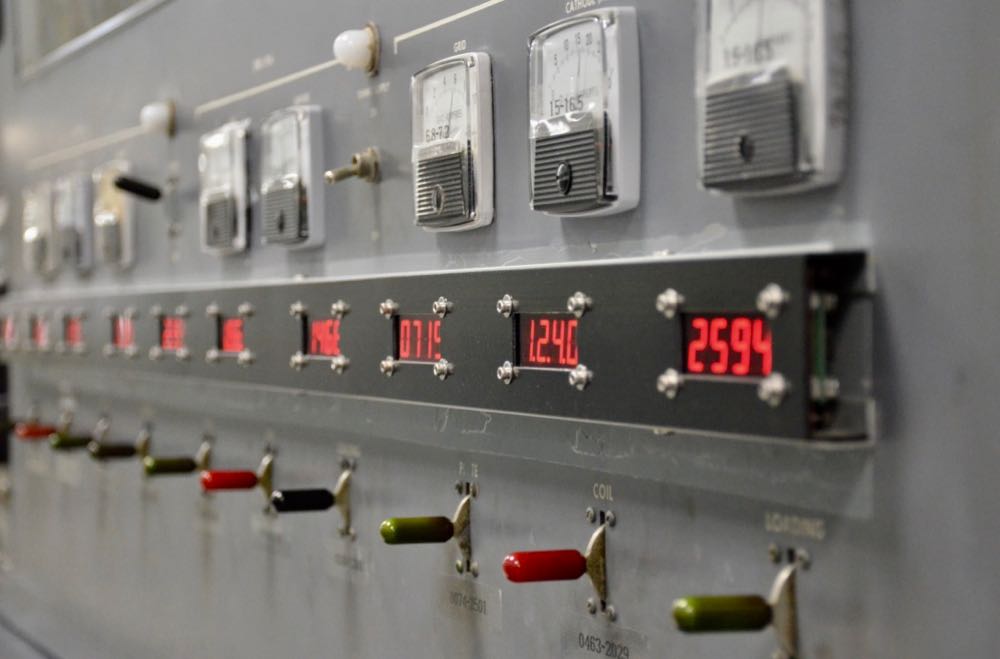 Radio Waves: Stories Making Waves in the World of Radio
Radio Waves: Stories Making Waves in the World of Radio
Because I keep my ear to the waves, as well as receive many tips from others who do the same, I find myself privy to radio-related stories that might interest SWLing Post readers. To that end: Welcome to the SWLing Post’s Radio Waves, a collection of links to interesting stories making waves in the world of radio. Enjoy!
Many thanks to SWLing Post contributors Alan Hughes, Michael Bird, Zack Schindler, and Dennis Dura for the following tips:
Radio Marti Begins Shortwave DRM Transmissions (Radio World)
Radio Marti began Digital Radio Mondiale (DRM) shortwave transmissions on Feb. 4. Part of the U.S. Agency for Global Media (USAGM), Radio Marti broadcasts news and other programs to Cuba. The DRM shortwave transmissions are from USAGM’s Greenville, North Carolina, site.
USAGM has transmitted in DRM before. There were some transmissions from Briech, Morocco, in the early 2000s. Greenville tested DRM in 2009 in partnership with what was then known as HCJB Global Technology. So why are they back now after an absence of over a decade?
“We want to experiment a bit with different modes and services available on DRM. We also want to help push the development of low-cost receivers and the best way to do that is to put some transmissions on the air, explains Gerhard Straub, director of USAGM’s Broadcast Technologies Division.[…]
Push for museum at Shepparton’s Radio Australia site (Shepparton News)
Amateur radio enthusiasts are pushing for the former site of Radio Australia in Shepparton North to be upgraded and retained as a national museum of radio broadcast history.
Members of the Shepparton and District Amateur Radio Club and The Vintage Radio Club of North East Victoria are due to present a 25-page proposal to an anonymous consortium of buyers said to be interested in acquiring a 258ha block of land along Verney Rd.
The block includes two buildings and several large broadcast towers on the former site of Radio Australia. The site is currently owned by BAI Communications.
The Shepparton club’s assistant secretary, Geoff Angus, said the proposal would be presented to Greater Shepparton City Council for forwarding to the consortium.[…]
APRS usage seen on the History Channel “Secret of Skinwalker Ranch”
Zack Schindler writes:
I have been watching a show about paranormal activity on the History Channel called The Secret of Skinwalker Ranch. In the episode this week they hired a professor to do a balloon launch with some RF sensors. In this episode they also showed the APRS.FI webpage and I was able to read his callsign from an APRS tracker, KM4MRH.
The professor used an APRS tracking device. On the right side of the page link below you can click on Other SSID’s to see other balloon launches he has done. Normally when there is a balloon launch you can see the data from it going up and down. This page shows the Skinwalker balloon launch data transposed over a map. https://aprs.fi/#!call=a%2FKM4MRH-3&timerange=3600&tail=3600
Sadly they are using these for measuring RF fields rather than these.
In a Crisis, Radio Should Be Bigger Than Ever — So Why Isn’t It? (Rolling Stone)
Terrestrial music stations have a major cultural opportunity right now, but employees say a muddied strategy is standing in the way
Radio personality Kevin Ryder was “baffled” by KROQ’s “cold, heartless attitude” when he and his morning-show team were fired at the end of March. The station has long been an alternative/rock staple in Los Angeles, the second-largest market in the country, and Ryder had been on the air for more than 30 years.
“The new people in charge now weren’t here for the building of the world-famous KROQ,” Ryder, one-half of the popular Kevin & Bean Show, said on air when the station let him go, live one final time. “I don’t think it means anything to them. It’s a numbers business, and there’s no family aspect to it anymore. It’s only numbers, but this place was built without numbers. It was musicians, artists, and the special relationship between music, the station, and our fans.”
AM/FM radio provides localized, round-the-clock information and entertainment via friendly neighborhood voices — so in theory, it’s the perfect platform in a global crisis that forces hundreds of millions of people to stay home. But Ryder is one of many in the radio community — including on-air hosts, music directors, program directors — who have been shocked by sudden job losses in recent weeks as COVID-19 has spread across the U.S., and news out of the industry has been one bad thing after another. Why is terrestrial radio missing the opportunity here — and how should it be fighting to get back on top?[…]
Do you enjoy the SWLing Post?
Please consider supporting us via Patreon or our Coffee Fund!
Your support makes articles like this one possible. Thank you!

